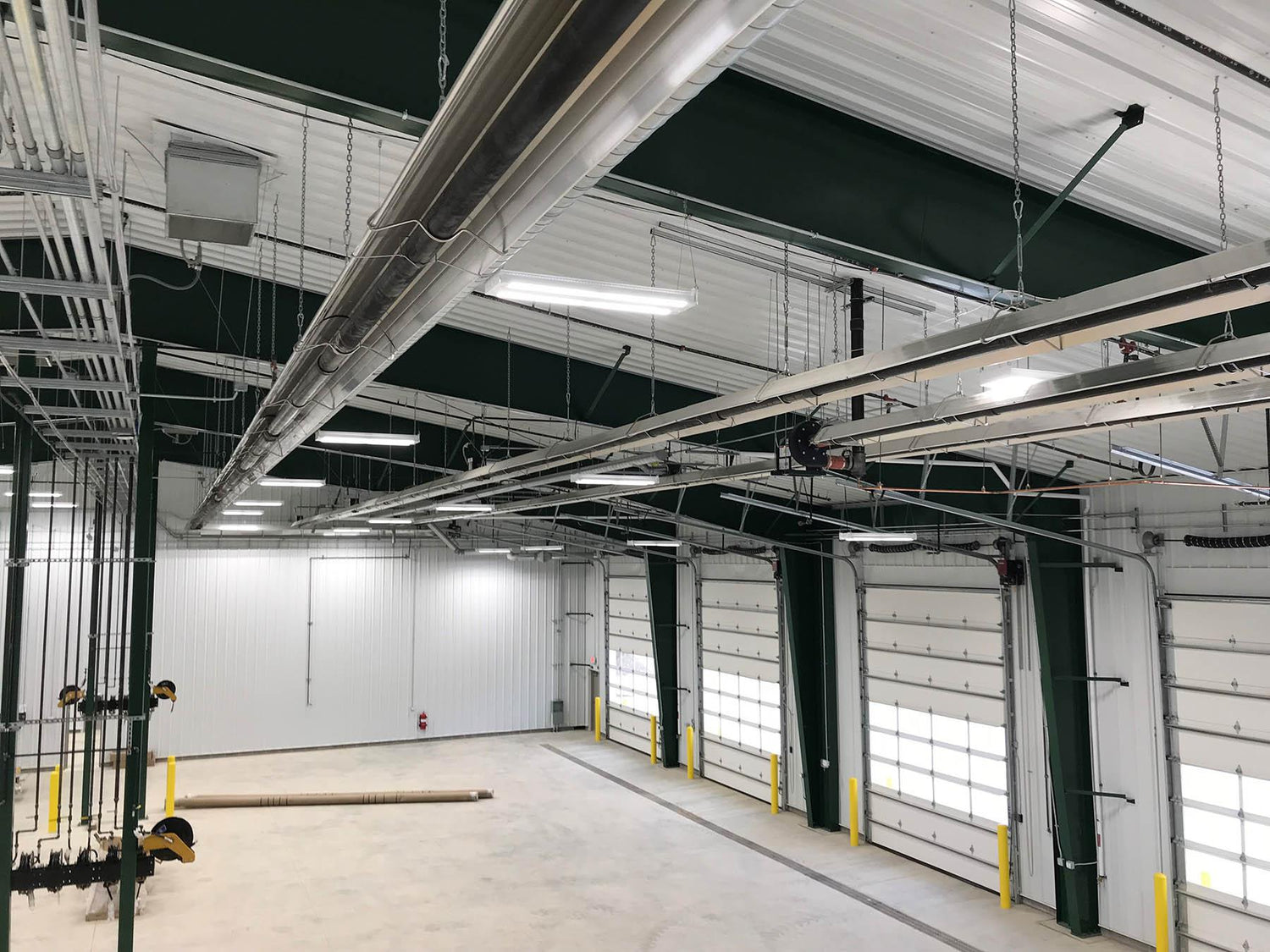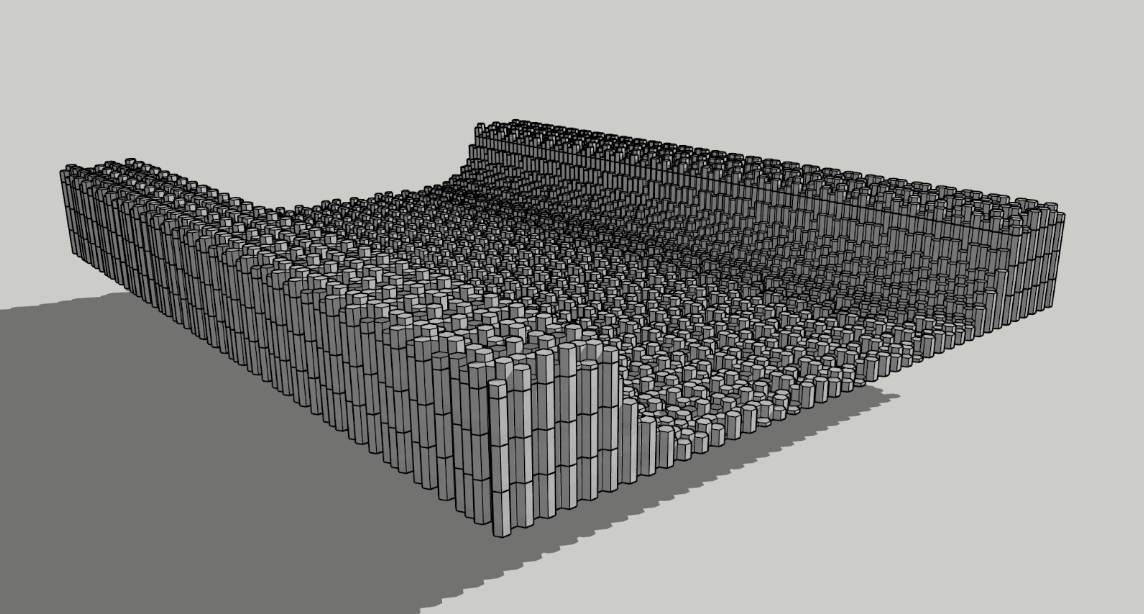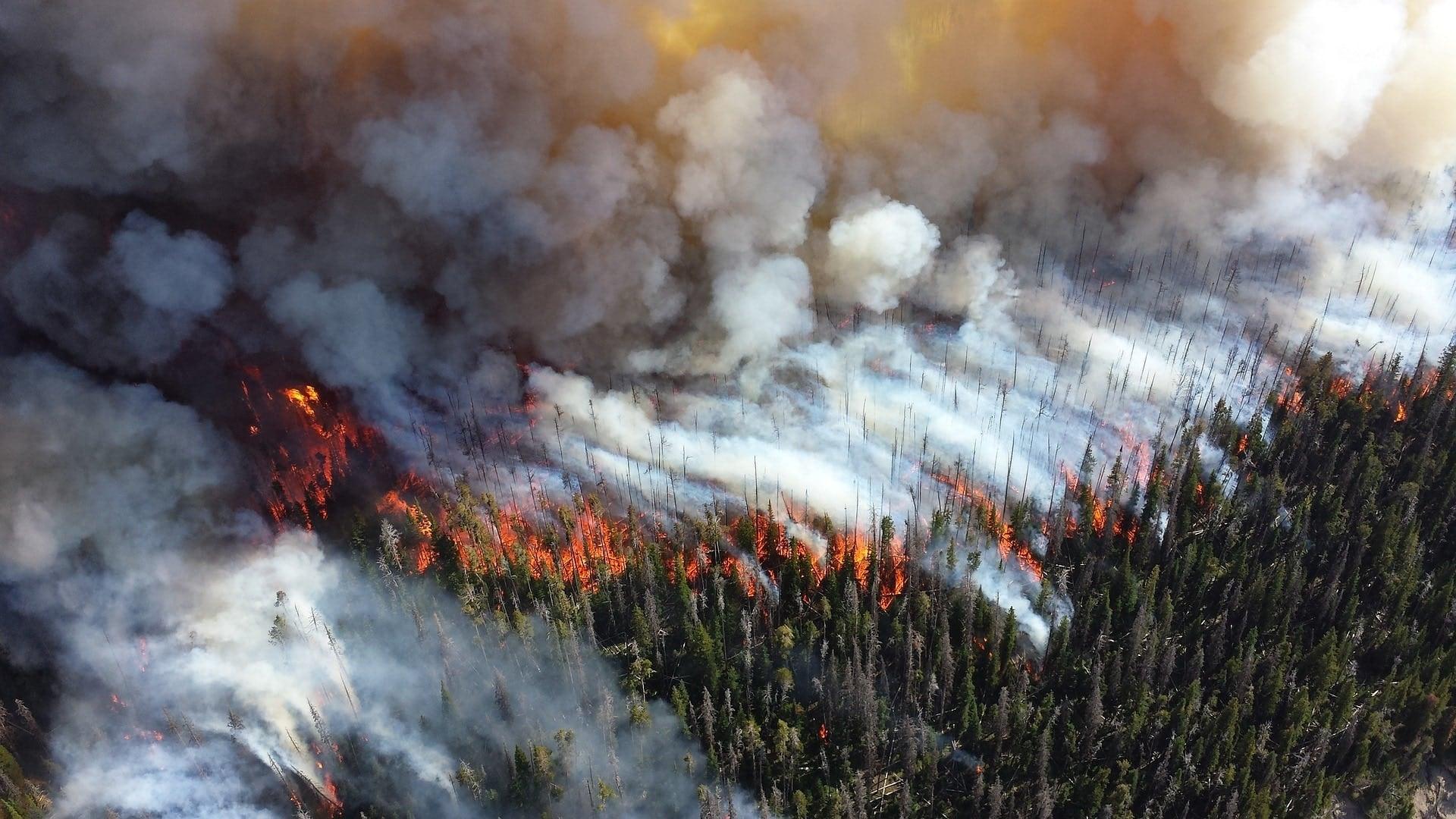Could a heavy-duty factory appliance draw people closer to nature?
Howdy Folks!
Here’s what we’d figured out so far:
- We needed a propane fire with the same heat as a wood fire
- Wood fires are hot because of the coals, not the flames
- Coals emit infrared rays in the perfect frequencies for heating up water
We needed to come up with a way to turn propane fuel into infrared rays. We had a bunch of terrible ideas at first. But pretty soon we got excited about industrial radiant tube heaters.
You’ve walked under a radiant tube heater before in a warehouse, parking garage, or mechanic shop. You know when it happens because you’ll just be walking stiff with cold, and all of a sudden, you’ll feel this incredibly comforting warmth on your head and shoulders. That’s what radiant heat feels like.
We immediately started trying to figure out a way to add radiant tube heaters to a propane fire pit. And we immediately ran into some very hairy problems that made it obvious why no one had ever done this before.
Why had no one ever put a radiant tube heater on a fire pit before?
First off, radiant tube heaters are MASSIVE. They’re way too big to be portable, sometimes stretching out over the length of a football field. They have never been something you could throw in the back of your rig and take camping.

What’s worse, they all require powerful fans to pull in enough air for combustion. But a fan-driven campfire would be terrible.
Who wants to plug in or charge their fire pit? If you forgot to charge it, you’d be hosed. And like all battery-operated electronics, a rechargeable electronic campfire would have a limited operating life and just end up in a landfill.
So we started wondering “What if there was a way to miniaturize a tube heater? What if you could make it run without a fan or electricity? How would you do it?”
We made a lot of phone calls to folks who work with radiant tube heaters. Literally everyone we talked to laughed at us.
But we were stubborn, inexperienced, uneducated, and naive. Perfect.
From factory ceiling to forest floor
The vision was strong. We couldn’t stop thinking about it. Why shouldn't we be able to shrink a 100-yard-long technology? We shouldn't we be able to strip out the fans and still pull in all the air needed for combustion?
We wouldn't take no for an answer. Whatever it took, we decided, we were going to take this ginormous, industrial contraption and make it tiny. We were going to de-industrialize it. We were going to make it analog like a wood fire.
We were going to pull the damned thing off a factory ceiling, take it way way out of the city, and set it down on the forest floor. And that would be the path for people, too, leading us back to the wild, preindustrial, primal human experience.
The notion was satisfying. And all we had to do was to turn our hippy-poetic imaginings into math and metal.
At about that time, the Marshall Fire exploded just north of us in Boulder. It burned more than 1,000 homes and became the most destructive wildfire in Colorado history.
The engineering journey laid out for us ran way way off the map. And the faster we solved it, the less stuff would burn. The fire under our asses was lit.
Keep carrying the fire,
– Randall, Kelly, Nicholas, and Alex




